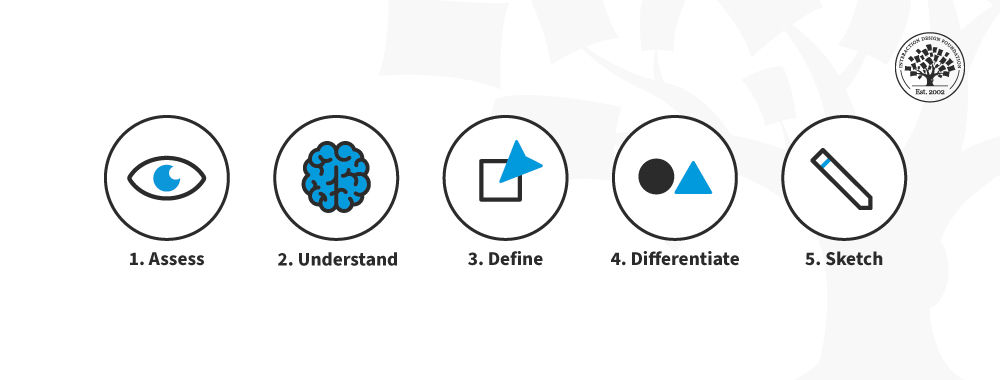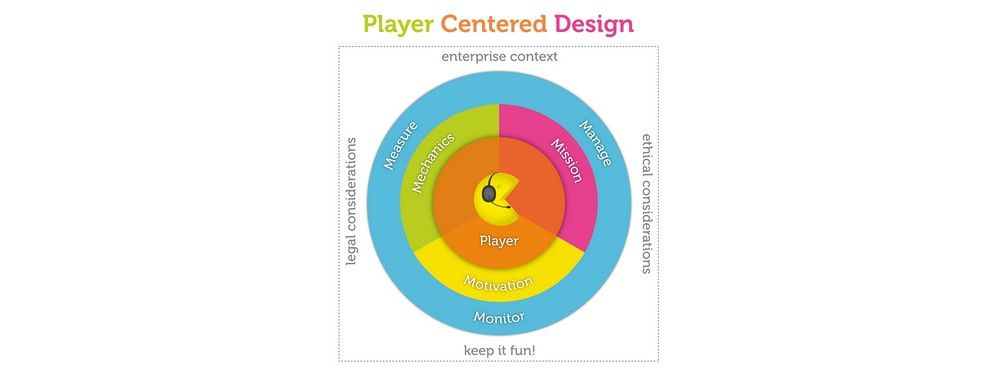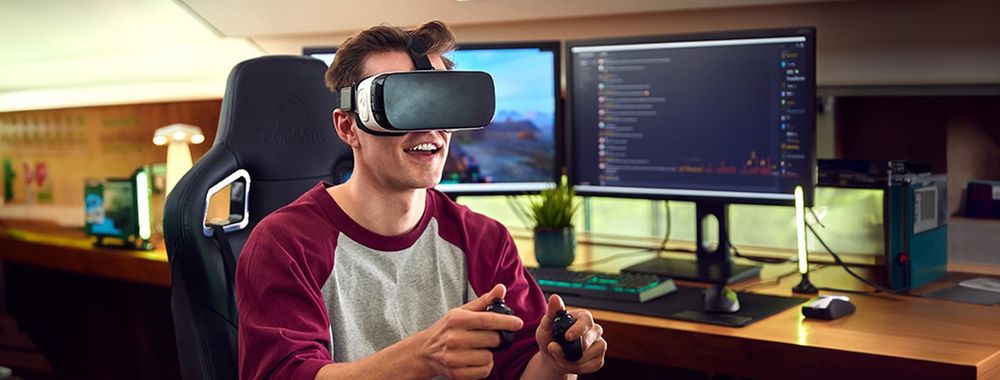Gamification, like many other forms of design, has its roots in user-centred design (UCD). If you’re going to develop awesome gamified systems, you’ll need to get a handle on UCD before you can be certain that your efforts are going to have the desired outcomes.
Before You Get Started
Imagine you are sitting at your desk and your boss approaches you. He says, “Congratulations, you have an interview for the CEO’s job! They want to see you now.” How do you feel? If you’re like most people, you’re going to feel terrified more than you’re going to feel excited. You’ve had no time to prepare, and you simply aren’t ready for an experience of this magnitude. And if you’re like a lot of people, perhaps the adrenalin is pumping so furiously that you’ve forgotten all about telling your best friend the other day how lucky you were not to have a high-flying role in your company, drowning in responsibilities, having a swimming pool but never having time to be in it!
Almost everything in life benefits from a more structured approach. If you’re of CEO calibre, are prepared to commit to all the duties entailed (including a brilliantly self-maintaining blood pressure and a saintly stoic anger-management system in your ‘wetware’), and have been given a week or two to prepare, you’ll probably stand a great chance of getting the job. Given no notice, however, you probably won’t… or maybe that’s a relief if all you want to do is design!
 Author/Copyright holder: Spreadshirt. Copyright terms and licence: CC BY 2.0
Author/Copyright holder: Spreadshirt. Copyright terms and licence: CC BY 2.0
An interview for a CEO’s job takes a certain amount of preparation, never mind a certain kind of candidate; the same is true for design projects. Working out what to say on the fly might result in: “Umm… yes, well, I think I’d be quite good” or some other hopelessly insipid justification.
The same is true for gamification. Before you start throwing out ideas and building in points, rewards, etc., you need to spend a little time working through the right approach to gamifying your system(s), and that approach is user-centred design.
About User-Centred Design
The principle of user-centred design is that the user is the first consideration in everything you do. It enables you to develop a product that the user is happy with and which engages them with their work.
“User-centred design means understanding what your users need, how they think, and how they behave - and incorporating that understanding into every aspect of your process.”
—Jesse James Garrett, the information architect and co-founder of Adaptive Path
Badly designed products often result from centring your design on other aspects, such as technology or data. Here, you would perhaps think about the methods you intend to use without considering whether or not the user will actually appreciate them. It’s natural for developers to prefer technical and data-driven design approaches – they’re easier to deliver on. The developer is almost always a technical and data expert, but not so much a user expert.
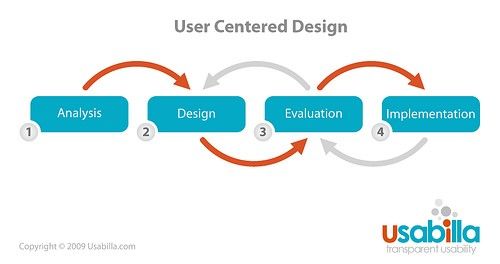
Author/Copyright holder: Paul Veugen. Copyright terms and licence: CC BY 2.0
The user-centred design process consists of analysis, design, evaluation and implementation all with a user focus. (Note the American-English spelling in the diagram.)
Considering your users is a vital step in the gamification process. The success or failure of your gamification project will depend upon how users relate to the system. If they hate it, it doesn’t matter how clever or technically brilliant your solution is. It’s still a failure.
Users expect fun and not complexity. They won’t necessarily share your understanding of the data map and how best to approach it. They may not even care even if they do share that understanding. Your job is to deliver a system that the user wants to use. That’s what user-centred design is all about.
User-centred design is a step in the right direction for gamification projects; however, it is not the final step. Gamification expands on this concept and uses its own revised version – player-centred design.
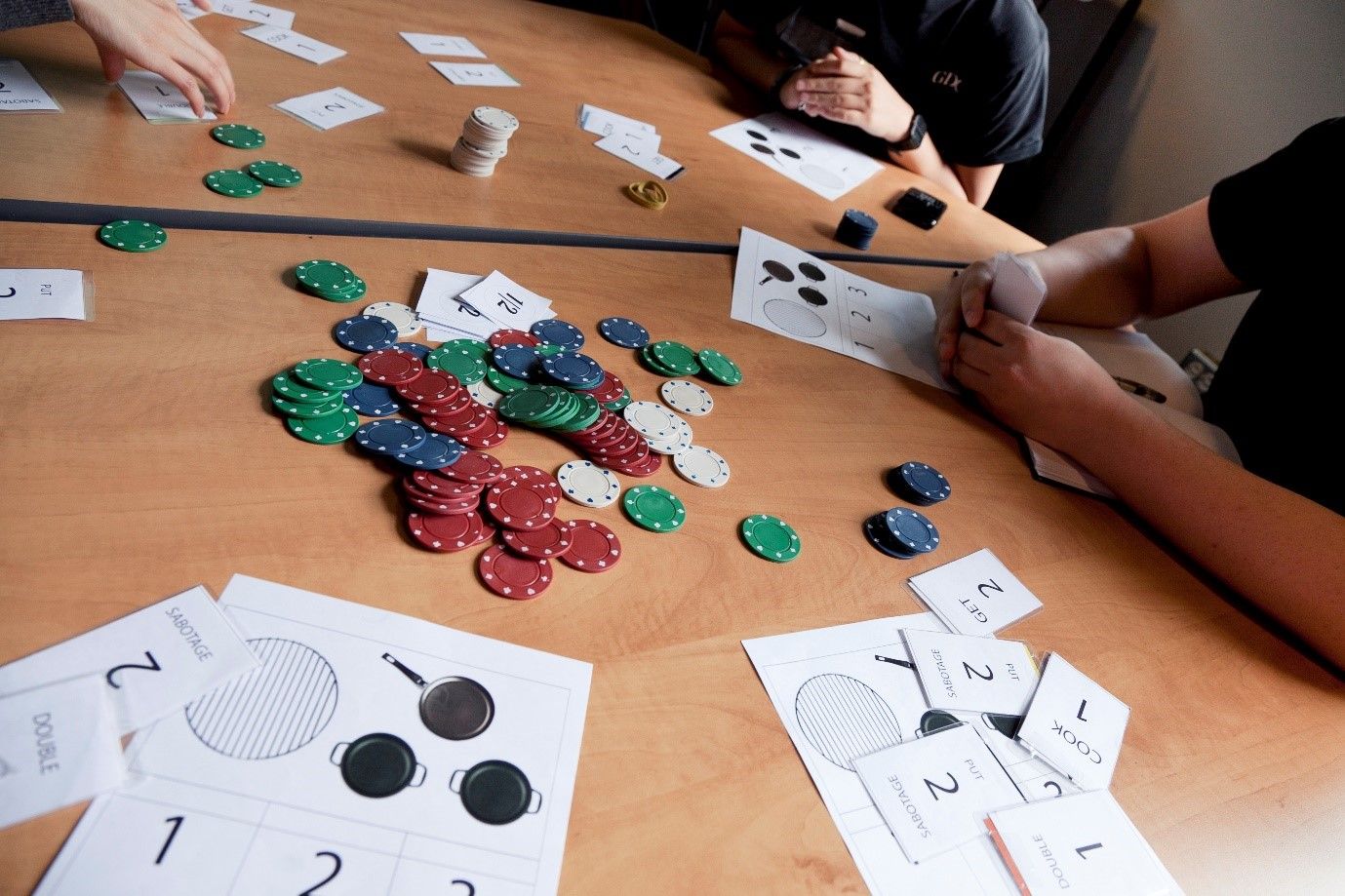 Author/Copyright holder: VFS Digital Design. Copyright terms and licence: CC BY 2.0
Author/Copyright holder: VFS Digital Design. Copyright terms and licence: CC BY 2.0
Gamification requires more than user-centred design; users must seek new challenges within gamified systems so as to increase their overall engagement.
Designers who adopt the user-centred design philosophy in their daily work pay attention to the user’s goals, and strive to build products that help the user achieve them in an efficient, effective, and satisfactory manner.
While effectiveness, efficiency, and satisfaction are worthy goals, gaming and gamification extends and adds increased engagement to these goals. In the context of a game, players voluntarily seek out challenges so as to enhance their playing experience. They seek empowerment over efficiency, and delight and fun over mere satisfaction. These factors will increase a user’s level of engagement in a game.
To address this issue, Janacki Kumar and Mario Herger of SAP introduced a methodology for Gamification. Called Player-Centred Design, it offers a powerful advantage to you as you work towards engaging your users in the optimal way.
The Take Away
User-centred design (UCD) is a great starting point for gamification design; it’s vital to understand what your users want and need to be able to progress when using your work. How well they can relate to the system you eventually offer them will be the chief aspect in determining whether it stands or falls flat on its face. However, this point is also not the final stage of design—the next step is to understand player-centred design before you begin work on your gamification projects.
References & Where to Learn More
Janaki Mythily Kumar and Mario Herger, Gamification at Work: Designing Engaging Business Software, The Interaction Design Foundation, 2014
Hero Image: Author/Copyright holder: Jorge Abreu. Copyright terms and licence: CC BY-SA 3.0


